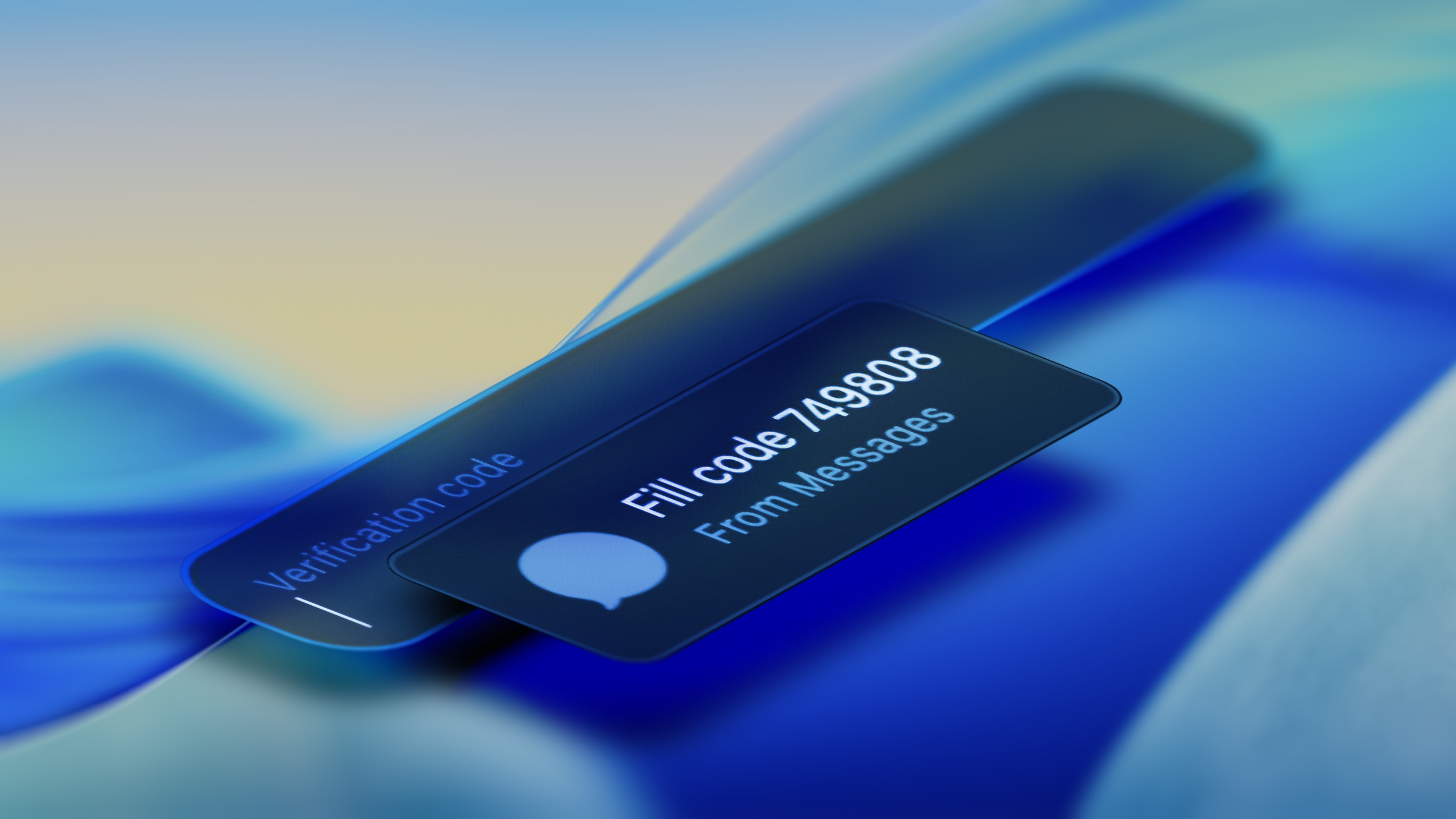Emergency SOS via satellite: Everything you need to know about Apple’s new iPhone safety feature

Apple has stepped into the world of satellite communication with the launch of the iPhone 14, introducing something called Emergency SOS via satellite.
But what is it, how does this feature work and where is it available?
What is Emergency SOS via satellite?
Emergency SOS via satellite is a new safety feature that Apple introduced on the iPhone 14 models. It’s designed to let you get in touch with emergency services in areas where you don’t have reception.
That means that if you’re beyond Wi-Fi or cellular – you have no signal – you’ll be able to relay a message via satellites to get the help you need.
This is a messaging system – you can’t use it to place calls or anything else – it’s for emergencies only and will be routed through to the appropriate emergency services.
How to use Emergency SOS via satellite on your iPhone
First of all, you’ll need an iPhone 14 for this to work – thanks to hardware in the phone and support in iOS 16.
Second, you’ll need to be in a place where you have no coverage. Apple suggests that you try calling the emergency services first of all – but if you have no connection, you’ll be offered the option send text via satellite.
You’ll then be guided through the process:
Tap Emergency Text via Satellite.Tap Report Emergency.Answer the questions to provide essential details.You can choose to notify your emergency contacts.Follow the onscreen instructions to connect to a satellite.Make sure you stay connected so the message can send.
You’ll then be able to text with emergency services to ensure that they have all the information they need. The information will include the nature of the emergency, how much battery life you have left and your location. It’s all encrypted, however, and if the emergency service doesn’t accept text messages, it will be relayed via an Apple service provider.
How to connect your iPhone to a satellite
While you can’t just open your phone and opt to connect to a satellite, there are some things you need to know about using your phone when connected to satellite.
You’ll be guided into the satellite connection phase once you’ve answered the emergency questions and you’re ready to send the compressed, encrypted, message.
First of all, you need a clear view of the sky and a clear horizon – mountains, buildings, and even trees can block the signal, so you want it to be as open as possible. And don’t put your phone in your pocket or bag, keep it in your hand.
The on-screen images will give you an indication of when you’re connected, as well as advise on whether you need to turn left or right to maximise the connection. There may be gaps in satellite coverage, but you’ll be advised how long it is until you’ll have a connection again.
Once connected, that connection will be maintained even when the screen is locked.
How does satellite communication work?
Satellite communication in regular smartphones is a new technology. Apple is among the first to launch a service, but others have announced similar – such as Huawei in China – and there’s plenty of research into using satellites to enable connectivity beyond the reach of terrestrial cell towers.
The phone connects using radio waves, using bands that are likely already supported by terrestrial networks. But because you’re connecting to a satellite, the bandwidth is much narrower, limiting what you can do with it.
Essentially, you’ll transmit that information to the satellite and it will be relayed back to a ground station and then be passed on to the destination – in this case, to emergency services.
Apple says that this can take anywhere between 15 seconds to a minute to send the information. You can’t send it in a quick burst because of the bandwidth limitations. Apple is, however, making it possible to update your location via the Find My network via satellite, so that friends and family can keep track of you when you’re out in the wilds.
While sat phones – with huge antennae – can place calls via satellites, that’s not something that Apple is offering at this time.
Where is Emergency SOS via satellite available?
The service is only available in the US and Canada at launch. This includes Puerto Rico and US Virgin Islands, but not Guam or American Samoa.
The region is likely dictated by the agreement with the satellite provider which is Globalstar. This also likely dictates why it’s only for the US and Canada geographic region.
There’s no word on when coverage might appear in other regions, that’s likely going to be dictated by Apple reaching commercial agreements with other satellite service providers.






